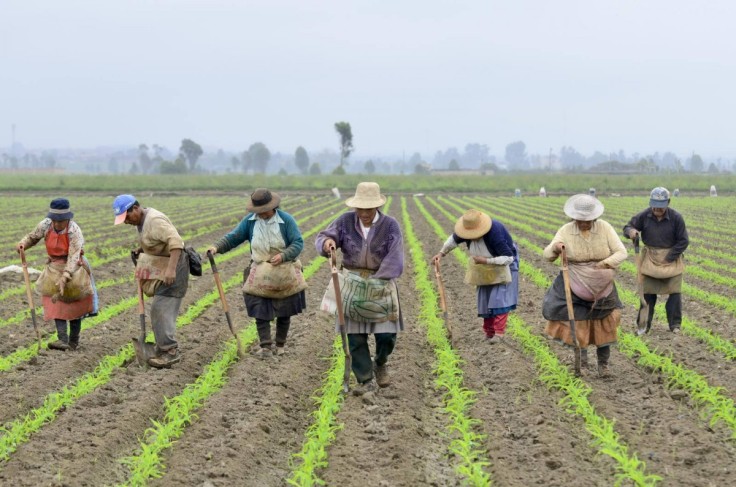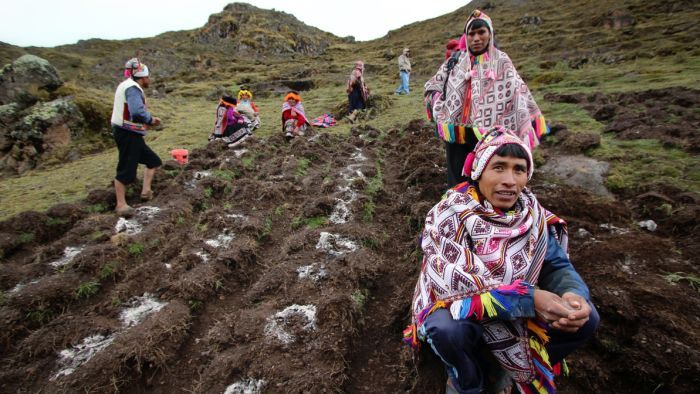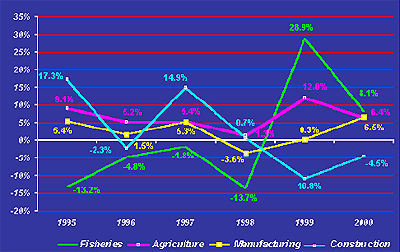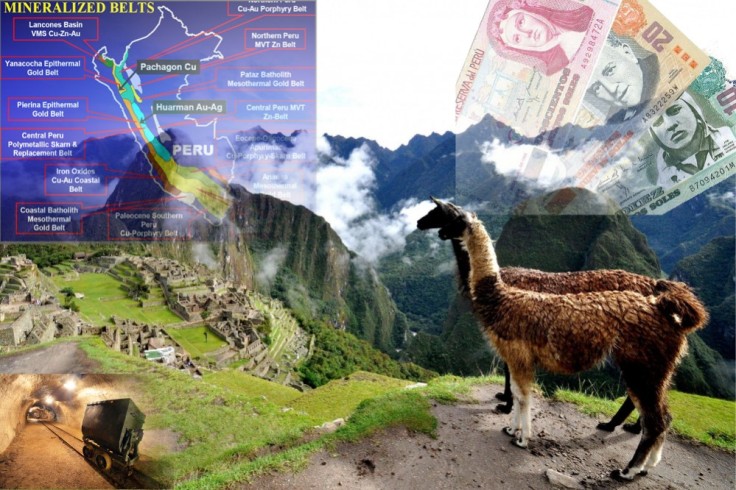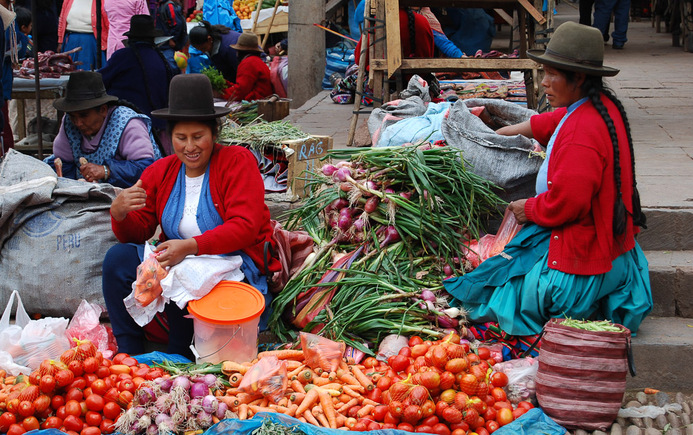Does Peru have refugees?
Peru is beginning arrangements for receiving Syrian refugees seeking to settle in other countries. Peru announced that it will begin arrangements to receive Syrian refugees, after violence caused by the Islamic State has forced them to flee their country and resettle abroad. This humanitarian crisis requires an urgent international response, integrated and coordinated, necessary to realize a a dignified, efficient and responsible process of hosting or resettling the refugees, reads the first paragraph of the official statement by the Peruvian Foreign Ministry, reports El Comercio. The Ministry of Foreign Affairs of Peru regrets the “humanitarian crisis” that is requiring Syrian citizens to emigrate and seek refuge in other countries. The Foreign Affairs Ministry will “begin coordination with the Office of the High Commissioner of Refugees (UNHCR) to assess the conditions for families of Syrian refugees through the resettlement process. To date, Peru has recognized the refugee status of 25 Syrian citizens and reaffirms its commitment to protection, settlement and sustainability as well as the right to apply for family reunification,” reads the statement. And the Peruvian State affirmed a commitment to “make more flexible and streamline the procedures for recognition of refugee status to citizens affected by the current humanitarian crisis.

Works Cited:
http://www.peruthisweek.com/news-peru-begins-evaluating-how-to-receive-syrian-refugees-107546
https://prezi.com/ur-qxyq-nm0g/the-acceptance-of-syrian-refugees-in-peru/
Environmental Effects
For decades, the Peruvian government has lacked serious oversight of these industries. It’s also seen corrupt politicians allow companies into environmentally fragile areas in exchange for bribes. In recent years, however, regulatory agencies have begun to crack down on pollution in Peru. Even so, there is still lots of work to do.Oil and gas exploration in the Amazon has led to deforestation, soil and water pollution, and the displacement of local indigenous groups. Producers are seeking oil and gas in increasingly remote areas and are threatening to disrupt the ecological balance of these pristine ecosystems. Habitat loss due to the installation of pipelines can seriously threaten biodiversity.

Fights have also erupted between native Amazonian and the Peruvian governmental resource extraction. In 2009, the Peruvian government allowed new oil and gas developers into the Peruvian Amazon without any input from local indigenous groups. A protest broke out that killed 33 people and injured 200. The Peruvian congress reversed the legislative decision afterwards.Mines have been also been an issue in Peru, having led to widespread water pollution. Copper, silver, gold, mercury, and zinc are all mined in Peru, and have polluted water supplies in central Peru and the Cordillera Huayhuash. In 2009, three big gold mines in Madre de Dios, in southern Peru, had claimed some 38,300 acres (15,500 ha) of forest.

Thousands of smaller mines – which account for at least half of the gold mining in this region – have also begun to negatively impact the land, polluting waterways and hastening deforestation. Sewage treatment is shoddy in parts of Peru and has led to water pollution in rivers and coastal areas. In fact, the beaches around Lima are sometimes deemed unsuitable for swimming. Waste disposal is also an issue, and recycling is virtually non-existent. It’s not uncommon to see plastic garbage stuck along the shores of some rivers. Population growth is at the root of many of Peru’s environmental issues. Trees are often chopped down for firewood and lands are overgrazed, both of which lead to soil loss and mudslides.
Work Cited:
http://www.nationsencyclopedia.com/Americas/Peru-ENVIRONMENT.html
Is there war?
The Communist Party of Peru (Spanish: Partido Comunista del Perú), more commonly known as the Shining Path (Sendero Luminoso), is a communist militant group in Peru. When it first launched the internal conflict of Peru in 1980, its stated goal was to replace what it saw as bourgeois democracy with “New Democracy”. The Shining Path believed that by establishing a dictatorship of the proletariat, inducing cultural revolution, and eventually sparking world revolution, they could arrive at pure communism. Their representatives said that existing socialist were revisionist, and they claimed to be the of the world communist movement. The Shining Path’s ideology and tactics have been influential among other Maoist insurgent groups, notably the Communist party of napal and other Revolutionary Internationalist Movement affiliated organizations.
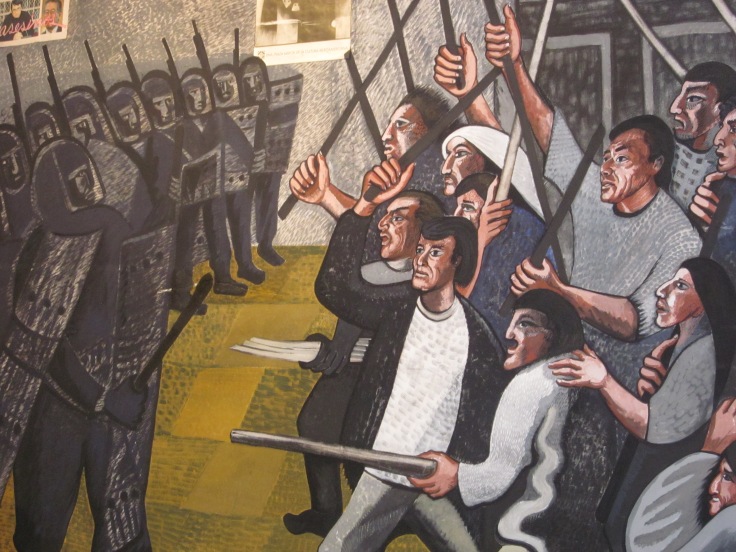
Widely condemned for its brutality,including violence deployed against peasents, trade union organizers, popularly elected officials and the general civilian population, the Shining Path is classified by the Peruvian government, the U.S and the European Union, Canada as a terrorist organization.

Leader of the organization Abimael Guzman stated that “the triumph of the revolution will cost a million lives” – at a time when Peru’s population was only 19 million. To that end, the Shining Path attempted to eradicate elements of the political and social order, attacking community leaders, teachers and professors, and political leaders. The first case of “popular justice” was the assassination in December 1980 of Benigno Medina, a landowner. In January 1982, two teachers were executed in front of their students. Several months later, 67 “traitors” were subjected to public execution. In addition, they set about demolishing all government installations and infrastructure. In August 1982, they destroyed the Center for Agricultural Research and Experimentation in Allpahaca and killed the animals.Since the capture of its leader Abimael Guzman in 1992, the Shining Path has declined in activity.Similar to militant groups in Columbia, some factions of the Shining Path have functioned as a highly efficient cocaine smuggling operation, with an ostensibly paternalistic relationship to villagers
Work Cited:
https://modernlatinamericanart.wordpress.com/2013/05/08/civil-war-in-peru-1980-2000/
http://www.cfr.org/peru/shining-path-tupac-amaru-peru-leftists/p9276








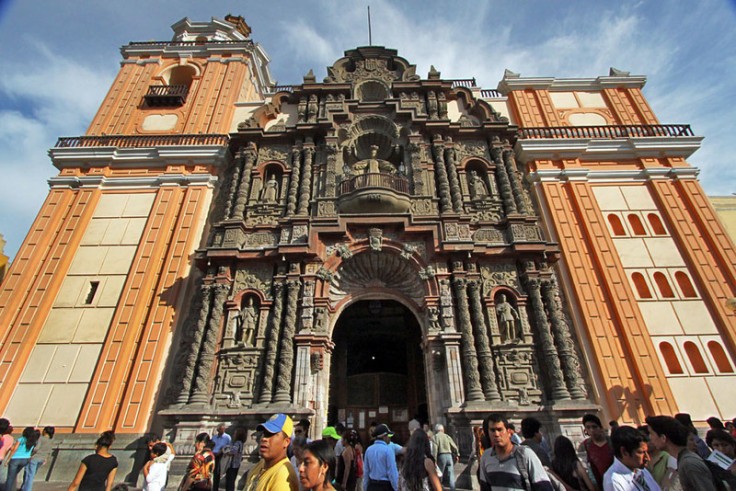





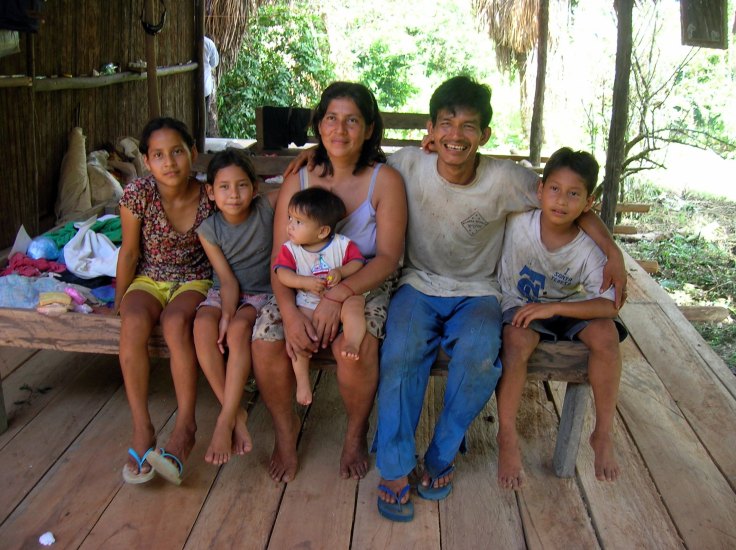


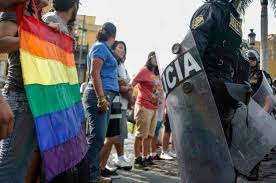
 mj
mj



